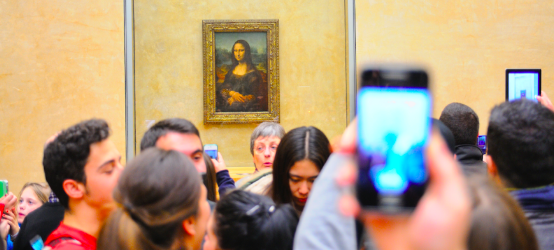
Data & Analysis

Here’s what this means and why it matters for cultural organizations…
There are a whole host of reasons why cultural professionals seem to put their fingers in their ears whenever realities surrounding admission pricing come up. From what I can tell, these reasons seem to have something to do with personal values, unproven beliefs, and – perhaps more often than we’d like to admit – inertia. After all, if we admit that admission price is not a primary barrier to visitation to cultural organizations, then it means facing down even more daunting data-informed, actual barriers. Those beasts...Never miss the latest read on industry data and analysis.
Already have an account? Sign In